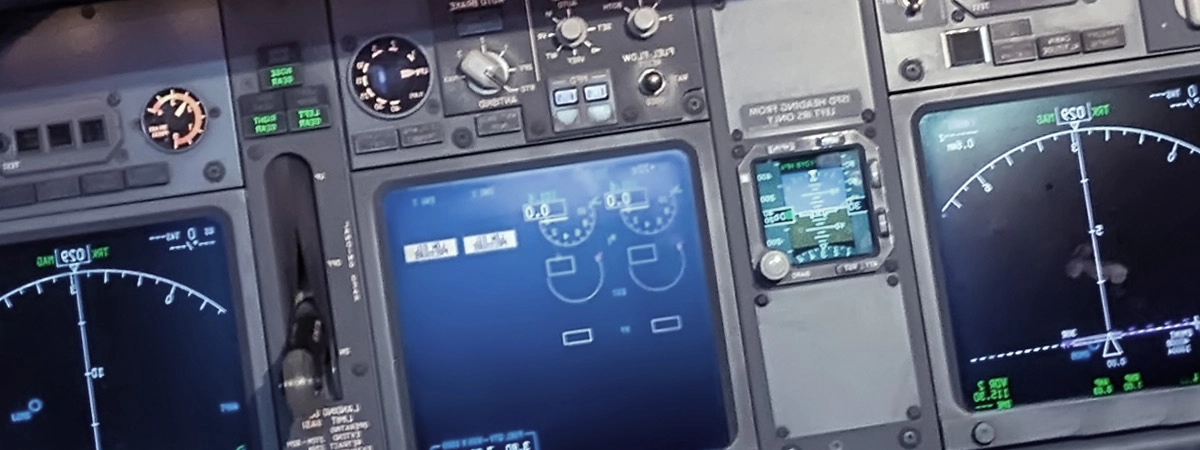IEC 60945 Acoustic Noise Testing of Navigation Equipment
The International Electrotechnical Commission (IEC) Standard IEC 60945 establishes requirements for the acoustic noise testing of navigation equipment. This standard ensures that marine and shipboard navigation systems meet stringent performance criteria, particularly in high-noise environments such as those found on ships and other maritime vessels.
The purpose of this test is to ensure that navigation equipment functions reliably under various acoustic conditions without being affected by external noise sources. This is crucial for the safety and efficiency of marine operations. The standard covers a range of parameters including sound pressure levels, frequency ranges, and duration of exposure. It applies to all types of navigation systems such as radar units, GPS devices, VHF radios, and other critical equipment.
Compliance with IEC 60945 is essential for manufacturers aiming to meet international standards and ensure the safety and reliability of their products in harsh marine environments. The test involves subjecting the navigation equipment to controlled acoustic noise levels that simulate real-world conditions on a vessel. This process helps identify any potential issues related to noise interference, ensuring the product meets performance specifications.
During the testing procedure, the equipment is subjected to specified sound pressure levels over defined frequency ranges and durations. The test setup typically includes an anechoic chamber or a reverberation room with controlled acoustic conditions. The equipment under test (EUT) is placed in this environment to ensure accurate measurement of its response to noise.
The acceptance criteria for IEC 60945 include both qualitative and quantitative measures. Qualitatively, the equipment must function correctly without any degradation in performance due to the applied acoustic noise. Quantitatively, specific metrics such as signal-to-noise ratio (SNR) are measured before and after exposure to ensure compliance with established limits.
For quality managers, compliance officers, R&D engineers, and procurement teams responsible for ensuring product integrity across marine applications, understanding IEC 60945 is vital. This standard provides a clear framework for testing and validation, ensuring that navigation equipment can withstand the challenging acoustic environments encountered in maritime settings.
The importance of this test cannot be overstated, especially considering the critical role that navigation equipment plays in maritime operations. Non-compliance can lead to operational inefficiencies or even safety hazards, making compliance with IEC 60945 a necessity for any manufacturer aiming to meet international standards and ensure product reliability.
Industry Applications
- Marine vessels
- Fishing boats
- Oceanographic research ships
- Offshore drilling platforms
| Type of Equipment | Description |
|---|---|
| Radar Units | Used for detecting and tracking objects at sea. |
| GPS Devices | Provide accurate positioning information essential for navigation. |
| VHF Radios | Communicate with shore stations, other vessels, and aircraft. |
| Sound Navigation and Ranging (SONAR) Systems | Used to detect underwater objects or measure distances in water. |
The IEC 60945 standard is widely applicable across various marine applications. Radar units, GPS devices, VHF radios, and SONAR systems are just a few examples of the equipment that must meet these stringent acoustic noise testing standards to ensure safe and reliable operation in maritime environments.
Why Choose This Test
The IEC 60945 Acoustic Noise Testing is crucial for ensuring the reliability and safety of navigation equipment. By subjecting this equipment to controlled acoustic noise levels, manufacturers can identify potential issues that may arise in real-world conditions on ships or other maritime vessels.
Non-compliance with these standards could lead to operational inefficiencies or even safety hazards. Compliance ensures that the equipment functions correctly under various acoustic conditions without being affected by external noise sources. This is particularly important for navigation systems, which are critical components of marine operations.
The test results provide valuable insights into how well the equipment can perform in challenging acoustic environments. It helps manufacturers refine their designs and improve product quality, thereby enhancing overall safety and reliability in maritime settings.
Furthermore, compliance with IEC 60945 is a requirement for many international standards and certifications. Meeting these standards ensures that products are up to the highest level of industry performance and safety expectations. This not only enhances customer trust but also opens up new market opportunities by ensuring product compatibility across different maritime operations.
For manufacturers, compliance with IEC 60945 represents a commitment to excellence in quality assurance. It demonstrates their ability to deliver products that meet the highest international standards and perform reliably under challenging acoustic conditions.
Customer Impact and Satisfaction
The implementation of IEC 60945 Acoustic Noise Testing has several positive impacts on customers, including enhanced reliability, improved safety, and increased trust in the products. By ensuring that navigation equipment functions correctly under various acoustic conditions, manufacturers can significantly reduce operational inefficiencies and potential hazards.
Customers benefit from products that are more robust and dependable, leading to higher satisfaction levels. The tests help identify any weaknesses or areas for improvement early in the development process, allowing manufacturers to address these issues promptly. This proactive approach not only enhances product quality but also builds a reputation for reliability and innovation among customers.
Moreover, compliance with international standards like IEC 60945 can open up new market opportunities by ensuring that products are compatible across different maritime operations. This global recognition fosters trust between manufacturers and their clients, fostering long-term partnerships based on shared values of quality and safety.
The positive impact extends beyond the immediate stakeholders to include all users of marine navigation equipment who rely on these systems for safe and efficient operations. By adhering to rigorous testing protocols such as those outlined in IEC 60945, manufacturers contribute to a safer maritime industry overall.





